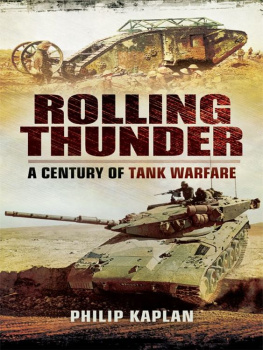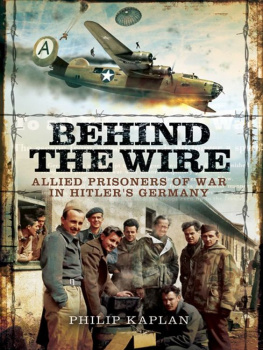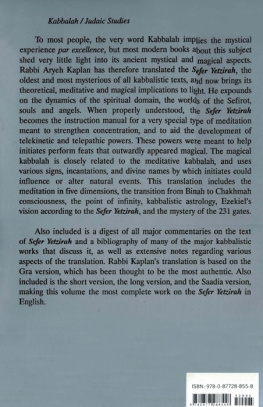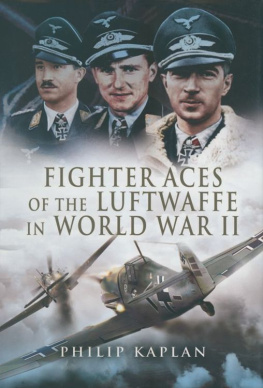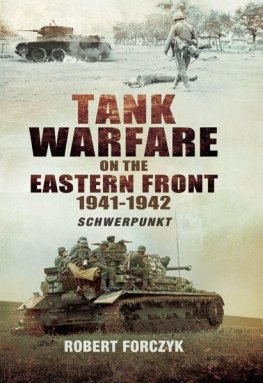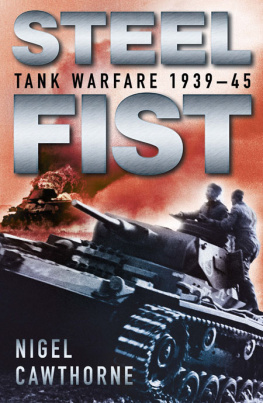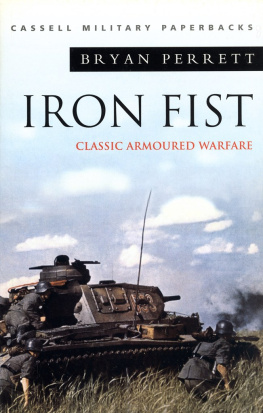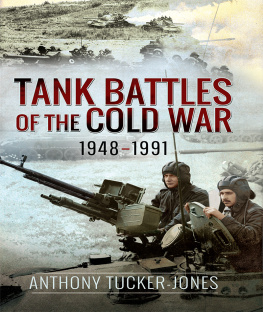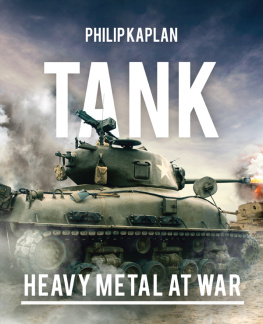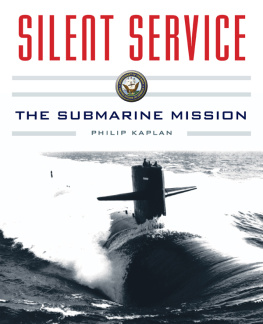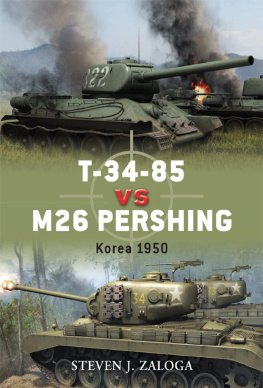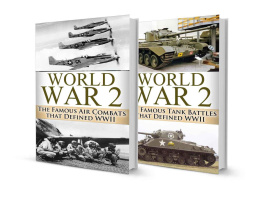
FOR MARGARET
First published in Great Britain in 2012 by
Pen & Sword Aviation
an imprint of
Pen & Sword Books Ltd
47 Church Street
Barnsley
South Yorkshire
S70 2AS
Copyright Philip Kaplan, 2012
ISBN 000-0-00000-000-0
eISBN 9781473832077
The right of Philip Kaplan to be identified as Author of this Work has been asserted by him in accordance with the Copyright, Designs and Patents Act 1988.
Efforts have been made to trace the copyright owners of all material used in this book. The author apologizes to any copyright owners we were unable to contact during this clearance process.
A CIP catalogue record for this book is available from the British Library
All rights reserved. No part of this book may be reproduced or transmitted in any form or by any means, electronic or mechanical including photocopying, recording or by any information storage and retrieval system, without permission from the publisher in writing.
Printed and bound in England
By CPI Group (UK) Ltd, Croydon, CR0 4YY
Pen & Sword Books Ltd incorporates the Imprints of Pen & Sword Aviation. Pen & Sword Family History, Pen & Sword Maritime, Pen & Sword Military, Pen & Sword Discovery, Wharncliffe Local History, Wharncliffe True Crime, Wharncliffe Transport, Pen & Sword Select, Pen & Sword Military Classics, Leo Cooper, The Praetorian Press, Remember When, Seaforth Publishing and Frontline Publishing
For a complete list of Pen & Sword titles please contact
PEN & SWORD BOOKS LIMITED
47 Church Street, Barnsley, South Yorkshire, S70 2AS, England
E-mail: enquiries@pen-and-sword.co.uk
Website: www.pen-and-sword.co.uk
CONTENTS
ACKNOWLEDGEMENTS
Efforts have been made to trace the copyright owners of all material used in this book. The author apologizes to any copyright owners we were unable to contact during this clearance process.
The author is grateful to the following people for their kind assistance and contributions in the development of this book: Pauline Allwright, Ernest Audino, Fritz-Rudolf Averdieck, Jeff Babineau, Malcolm Bates, A.G. Bramble, Ludwig Bauer, Rex Cadman, Donald Chidson, Valerie Chidson, Neil Ciatola, Jeff Dacus, Daimler-Chrysler Historical Collection, J. Ellison, Chris Everitt, John Ferrell, David Fletcher, Eugene Flowers, George Forty, Will Fowler, Florence Garetson, Gaston Gee, Hans Halberstadt, Robert Hartwig, Douglas Helmer, Laura Hirst, Eric Holloway, James Jinks, Steve Joseph, Hargita Kaplan, Neal Kaplan, Margaret Kaplan, Sam Katz, Johannes Kugies, Martin Langford, Jacques Littlefield, John Longman, Martin Middlebrook, Steve Nichols, John Nugent, George Parada, Heinz Renk, John Schaeffer, Charles Shenloogian, David Shepard, Richard Watson, George Worth.
INTRODUCTION
Caterpillar landships are idiotic and useless. Nobody has asked for them and nobody wants them. Those officers and men are wasting their time and are not pulling their proper weight in the war. If I had my way I would disband the whole lot of them. I am going to do my best to see that it is done and stop all this armoured car and caterpillar landship nonsense!
So said Royal Navy Commodore Cecil Lambert, Fourth Sea Lord, in 1915. Lambert clearly disapproved of the Royal Navy Armoured Car Division, an organization established in October 1914 with the support and enthusiasm of the First Lord of the Admiralty, Winston Churchill, to develop a new line of armoured cars.
On 12 September 1914, the German Army lost the first Battle of the Marne and quite soon after that the Royal Navy dispatched some personnel from the UK to France to protect the air base near Dunkirk. A part of their task there was rescuing pilots who had been shot down in that area, and to accomplish that, the Admiralty chose to send over some armoured cars. The Navy bought 100 vehicles from Rolls-Royce and shipped some of them to France where they were fitted with a boxlike armour covering, shrouding the main unit, the front wheels and the drivers head. The balance of the R-R order was modified in England for action later that autumn in the war. They were fairly effective, but did not wholly protect their crews from overhead sniper fire. By December the British armoured car establishment had developed a somewhat refined version with overhead armour and a top-mounted machine-gun. This version was more effective and certainly an improvement on the earlier vehicle, but by the time it entered service the battlefield situation had deteriorated into mere trench warfare stalemate. The new armoured cars had shown promise, but they were incapable of crossing the trenches or the barbed wire.
By the following February, Churchill had set up the Naval Landships Committee whose remit was the design and construction of a new, tracked armoured vehicle based on a design of Lieutenant-Colonel Ernest Swinton of the Royal Engineers. Swinton believed he could make a caterpillar-tracked armoured vehicle that would be capable of destroying machine-gun positions and barbed wire barriers, and more importantly, crossing the trenches and other obstacles on the battlefield with relative ease. The early trials were not encouraging, but the Churchill committee pressed on and the result was the vehicle they called Little Willie.
Little Willie aroused the interest of the British Army which liked what it saw, but wanted something with roughly twice the capability. At that point, two of the committee members, William Tritton and W.G. Wilson, joined forces to come up with an entirely new design with tracks that ran around the perimeter of its rhomboid sides. Its armement included two six-pounder guns and four Hotchkiss machine-guns, and it was powered by a 105 hp Daimler engine. It was nicknamed Mother and it performed well in its initial demonstration for Lloyd George, Field Marshal Lord Kitchener, other army and navy officials and cabinet members in February 1916. Orders for 100 of the machines soon followed. The odd-looking vehicles were being built under a cloak of secrecy and both workers and executives referred to the machine as a tank and it was destined to completely alter the future of land warfare.
THE ROAD TO WAR
The origins of mechanised land warfare go back to the earliest chariots, which were predecessors of the early armoured cars, an ancestry that greatly predates that of the tank. One dictionary definition of tank is: An enclosed heavily armoured combat vehicle that is mounted with cannon and guns and moves on caterpillar treads.
In common with the tank, that early chariot was operated as a military vehicle by a crew. It was composed of a driver, a bowman who could also throw a javelin when required, and, for armoured protection, a shield bearer. It has been established by Russian archeologists that some Bronze Age warriors in Central Asia used chariots as mobile launching platforms from which they shot arrows and hurled javelins at their enemies.
The Hyskos, (or Princes of the Lands), an obscure race of mountain warriors from the area that is now known as Kurdistan, are believed to be the first people to have engaged in combat from war chariots. The Hyskos entered northern Egypt in about 1700 BC to establish a dynasty that lasted four centuries, with the key to their military success being a chariot-based mobile strike force. But they were ultimately overthrown by a more powerful Egyptian army.
In 1479 BC the army of the Pharoah Thutmose III, the Assyrian Army, and, in c. 972-931, the army of King Solomon, were all famous for their mighty war chariot forces. It was not until the sixth century BC, however, that Cyrus, the king of Persia, developed the chariot into a what has been acknowledged to be a truly impressive and highly effective fighting vehicle. He designed a very sturdy, long-axled version operated by a two-man crew. The vehicles axles with small, extended scythes and the horses that pulled it had armour protection. It was quite light in weight, relatively fast, and the most resistant to overturning of any chariot design to that point. Perhaps in a forethought of the eventual tank concept, he also pioneered an enlarged wagon-shaped model that included a central tower, a battering ram, and room for a twenty-man crew.
Next page
